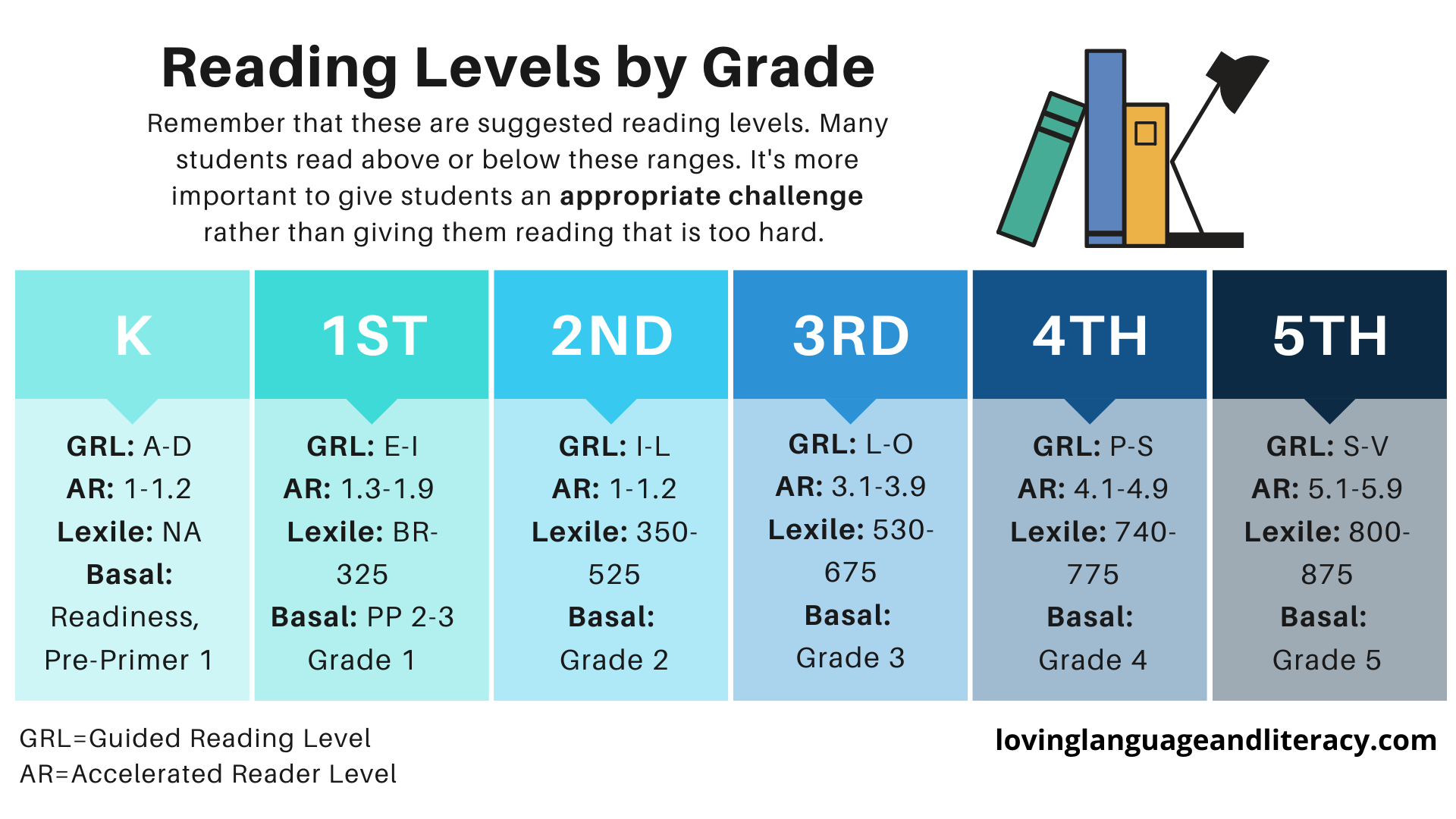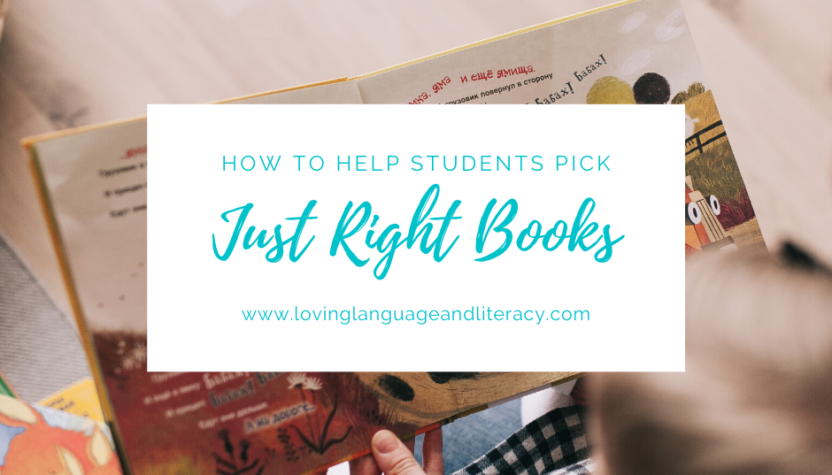Reading Levels Explained
When I was in undergrad, my professors sometimes assigned super theoretical readings for class. I remember staring at those articles, rereading the same paragraph five times. To be honest, sometimes I just gave up! It’s so frustrating trying to read something when you don’t know the vocabulary or the genre.
If we adults feel frustrated when asked to read something so hard, imagine how kids feel when they are told to read something that is out of reach for them.
A key to increasing students’ reading abilities is to give them a “just right” challenge. Keep reading to figure out how to select books for students and how to help them make good reading choices on their own.
Reading Levels
There are many systems out there for assigning reading levels to texts and to students. Here is an overview of the common leveling systems you will see.
Guided Reading Level
Guided Reading Level (GRL) is my favorite system to use with my students. I’ve found that it is the most accurate, especially with emergent and beginning readers. The levels range from A to Z. A student reading on level A is still learning what a word is and what sounds letters make. Level Z texts would be at the high school level.

The guided reading level is not usually printed on a book or listed on the Amazon page, but you can look up the GRL of most books using Scholastic Book Wizard.
Accelerated Reader (AR) Level
These levels are numerical and usually correspond to a student’s grade level. For example, a book might say AR: 3.5 or RL 3.5 meaning that the book would be good for a mid-year third grader who is reading at grade level. This does not mean that a second grader can never read a level 3 text! It also doesn’t mean that every third grader is reading to read a level 3 text.
Lexile Level
Many texts will include the Lexile level which is calculated based on the length of sentences and the vocabulary used. It is usually written as a number followed by an L. For example, a book with 740L means it has a Lexile level of 740 (around 4th grade). I sometimes use this as a guide, but students can usually access a range of Lexile levels if they have enough background knowledge or interest in the topic.

Age Band
Many books are advertised by age. As I’ve mentioned before, this is usually more about the target audience than the actual reading difficulty. You can use this as a starting point and use it to make sure the content is age-appropriate.
Helping Kids Choose “Just Right” Books
The Five Finger Test
Eventually we want kids to gain the skill of choosing books that are a good fit on their own. One tip is to use the Five Finger Tests. Have a student look at a page in the middle of a book. Count on their fingers the number of words they don’t now. If they can’t read 5 or more words out of about 100, it is probably a bit too hard.
But there are exceptions…
The exception to this is that if a student has high interest and motivation, let them try to read it! You could also read it with them, helping them sound out or understand challenging words. Motivation is a huge factor in how readers approach texts. You could also read it aloud or find an audio-book version (check out Epic). Read alouds are a fantastic way to improve kids’ vocabulary and model good reading.
Now, Go Find Some Books!
You should have the tools now to select the right books to help kids become better readers. Start with their reading level, but don’t forget about interest and motivation. If you’ve purchased a book that you realize is too challenging, use it as a read aloud! Do you think a book is too easy? Let them read it anyway (we all need an easy read sometimes), but help pick out the next book.
If you have any more questions, go follow me on Instagram and send me a message there!
Jessica

